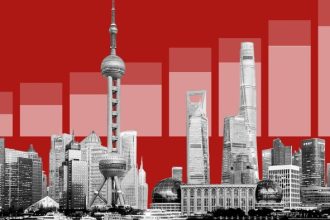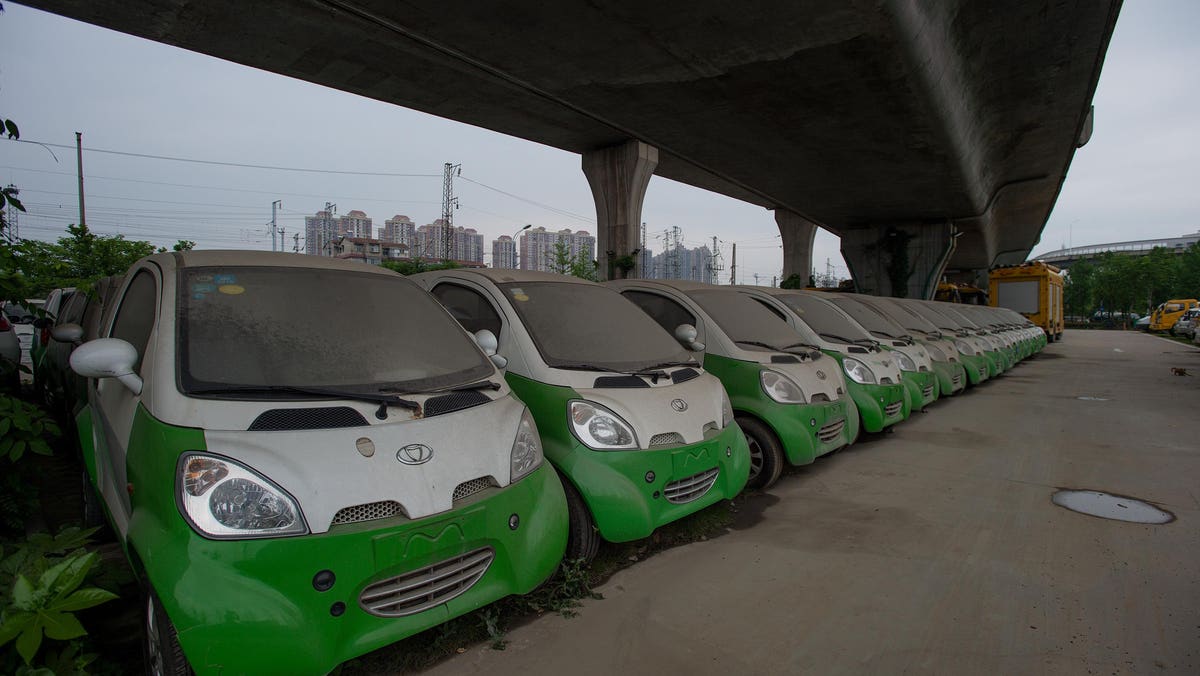U.S. is in the lead combating China’s unfair business practices in EV production. India and Australia are following, EU is lagging behind.
Amidst Hangzhou’s modern skyline are scores of weed-infested lots filled with the remains of thousands of abandoned electric vehicles (EVs). China’s EV revolution soared to prominence, generating envy and fear from Western competitors. Like the Greek mythological hero Icarus, however, it may have flown too close to the sun. As China now confronts intense deflationary economic woes fatal to consumer spending, the subsidy-driven EV boom may be coming to an end. An assortment of EV competitors determined to humble China makes things worse for the nascent Chinese EV industry.
Once brushed aside as mere imitators, Chinese car manufacturers transformed themselves from producers of lackluster replicas to formidable challengers against top-tier Western competitors. The numbers paint a vivid picture: China sold a staggering 27 million cars last year, the U.S. trailed at 13.75 million, and the European Union at 9.25 million. Thus, China sold 15% more cars than the US and the EU combined.
What’s truly electrifying is China’s dominance in the EV market. Amongst the 5.4 million EVs sold globally in the past year, China sold two-thirds of this total. Anchoring this surge is China’s stranglehold on approximately 75% of the world’s battery cell production capacity, a critical advantage that allows its automakers to drive costs down significantly. At a glance, by almost any metric, China appears ready to dominate the EV market.
This path to prominence is not without potholes. A 27.5% tariff, started by the Trump administration and continued under Biden, has killed the competitiveness of Chinese auto manufacturers in the American market. A bipartisan suspicion towards China has created an array of regulations designed to punish dependency on China and protect American manufacturing.
While it’s easy to regulate imports, the interconnectivity of global supply chains and China’s dominance of Rare Earth Elements (REEs) and EV batteries make decoupling easier said than done, even for the willing.
The scandal around a nascent partnership between Ford and China’s largest battery company, CATL, perfectly highlights this legal and economic minefield. The partnership was designed to produce CATL-designed novel lithium iron phosphate batteries cheaply at a designated $3.5 billion facility in Michigan. Even this initiative, which should be a commendable example of re-shoring American manufacturing, ran into concerns stemming from the ratio of the American to Chinese workforce in the plant, the relevance of federal tax incentives, CATL’s connection with forced labor and lithium from Xinjiang, and the overall dependency on China. Even when companies want to disengage, it is not easy.
This is further complicated by the resilience of Chinese automakers and their involvement with global companies and brands. Geely’s acquisition of Volvo and its luxury EV arm Polestar – which is opening plants in South Carolina – shows just how ubiquitous Chinese automakers are, and how difficult avoiding them is. Chinese automakers will not bow out gracefully.
The U.S. is not alone in these worries and controversies. An international market coalition is coalescing to cut China out of the EV market.
In India, there was a conspicuous setback for China’s EV ambitions. BYD Co, a leading Chinese automaker, partnered with Hyderabad’s Megha Engineering and Infrastructure Ltd, envisioning a $1 billion electric car and battery production facility. However, India blocked the investment plan. This move wasn’t isolated. Another automaker, Great Wall Motor, was forced to depart after the Indian government denied its foreign direct investment approvals. India is blocking Chinese companies for protectionist and geopolitical reasons. Meanwhile, India remains in discussion with U.S. EV giant Tesla
TSLA
In Australia, similar actions stem from a narrative centering around the essential resources for EVs rather than production facilities. The Australian Parliament blocked the acquisition of Alita Resources, a local lithium producer, by the Austroid Corporation due to murky personal links between its leadership and China’s EV battery magnates. The Australian Foreign Investment Review Board’s prohibition, like India’s, hints at a broader apprehension towards Chinese investment and geopolitical motives. This, too, was not an isolated incident. Earlier this year, the Australian government blocked the Chinese acquisition of Northern Minerals, with other numerous examples going back years.
Contrary to reservations demonstrated by the US, India, and Australia, Europe seems to be less intent on stymying China’s EV dominance. The EU’s inflexible environment agenda, which, paradoxically succeeded in bringing coal back to Germany, has left it no room to maneuver. Its decision to halt the sale of new combustion engines starting from 2035, with no political will to massively scale up production, has made importation of EVs the only route forward.
EU tariffs on Chinese vehicles are fixed at only 10%, while EU subsidies, which vary wildly between members states, lag behind its competitors. The result has been traditional European automakers such as Daimler Benz, BMW, Renault, Fiat, and others losing out in the EV market, mostly to Chinese competitors. EU automakers are scrambling to cut costs and fight off their Chinese competitors. The fundamental question remains: Can EU members balance their dependency on China in high-tech green sectors while maintaining geopolitical independence?
As EVs bring in more and more green and become increasingly vital in addressing climate change, their production is bound to remain contentious. China’s EV advantage has created a formidable constellation of tariffs, regulations, and competition as skepticism towards As China enters a deflationary recession, its era of lightly contested economic dominance may be over. The meteoric rise has resulted in the Chinese EV industry’s Icarus wings beginning to melt.
Read the full article here





